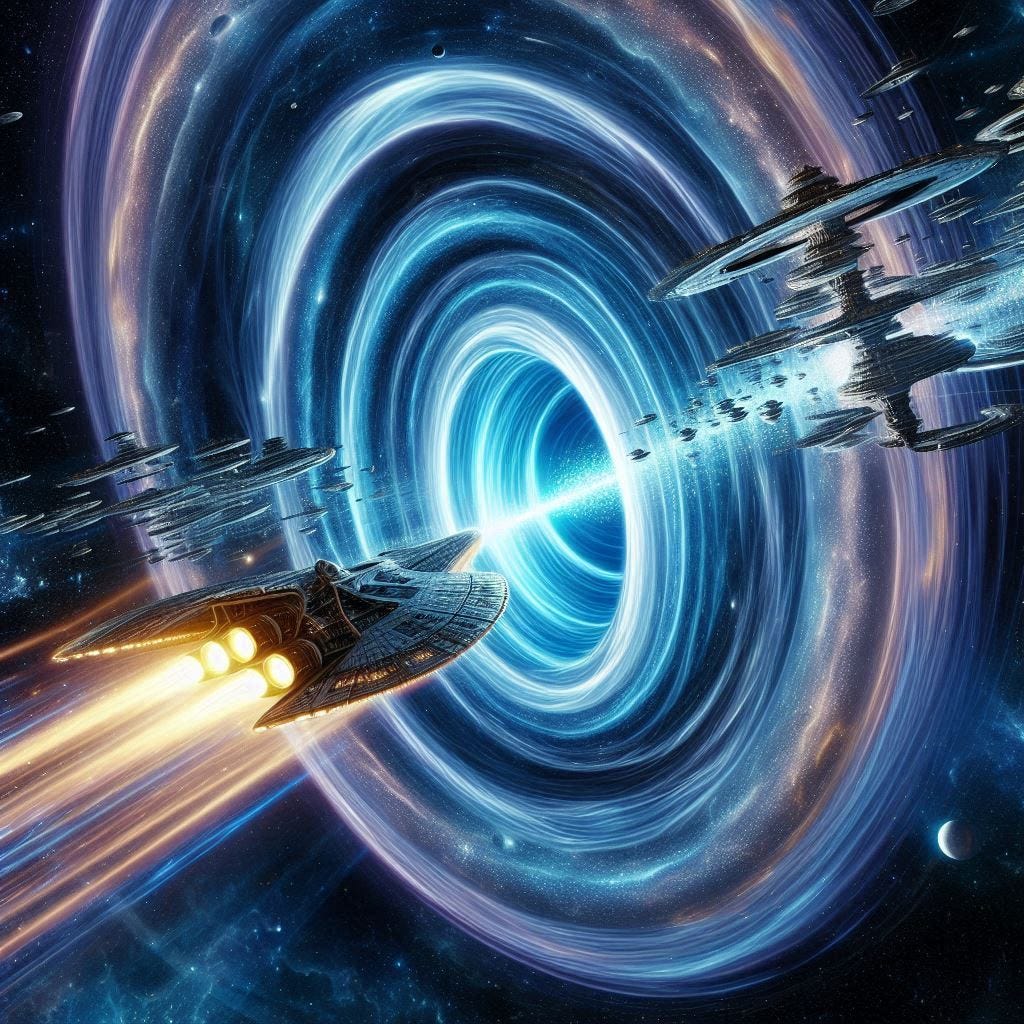Medium
2w
387

Image Credit: Medium
Interstellar Travel: The Astrophysical Reality of Warp Drives and Wormholes
- Humanity has always looked to the stars for destiny, but remains light-years away from habitable exoplanets.
- The astrophysical discourse on Warp Drives and Wormholes explores mathematical possibilities within General Relativity, Quantum Field Theory, and Topological Engineering.
- Einstein's Speed Limit from Special Relativity restricts objects with mass from reaching the speed of light, but concepts like warp drives aim to manipulate space around us.
- Wormholes and warp drives face theoretical and practical challenges, requiring exotic matter and energy levels beyond current capabilities.
- Theoretical models suggest wormholes exist at the Planck scale, posing challenges for enlargement and energy requirements.
- Manipulating spacetime for interstellar travel raises concerns about time travel and spacetime distortions, challenging known physics principles.
- No observational data confirms the existence of traversable wormholes or warp-like geometries, hindering progress towards engineering goals.
- Active research areas include post-classical propulsion physics, experimental spacetime modeling, and cross-disciplinary collaboration.
- While warp drives and wormholes remain speculative, they are mathematically possible within current physics frameworks.
- Innovative theoretical thinking, collaboration, and a vision for the future can pave the way for interstellar travel possibilities.
- The journey towards interstellar travel requires bending rules and embracing theoretical innovation for potential future advancements.
Read Full Article
23 Likes
For uninterrupted reading, download the app